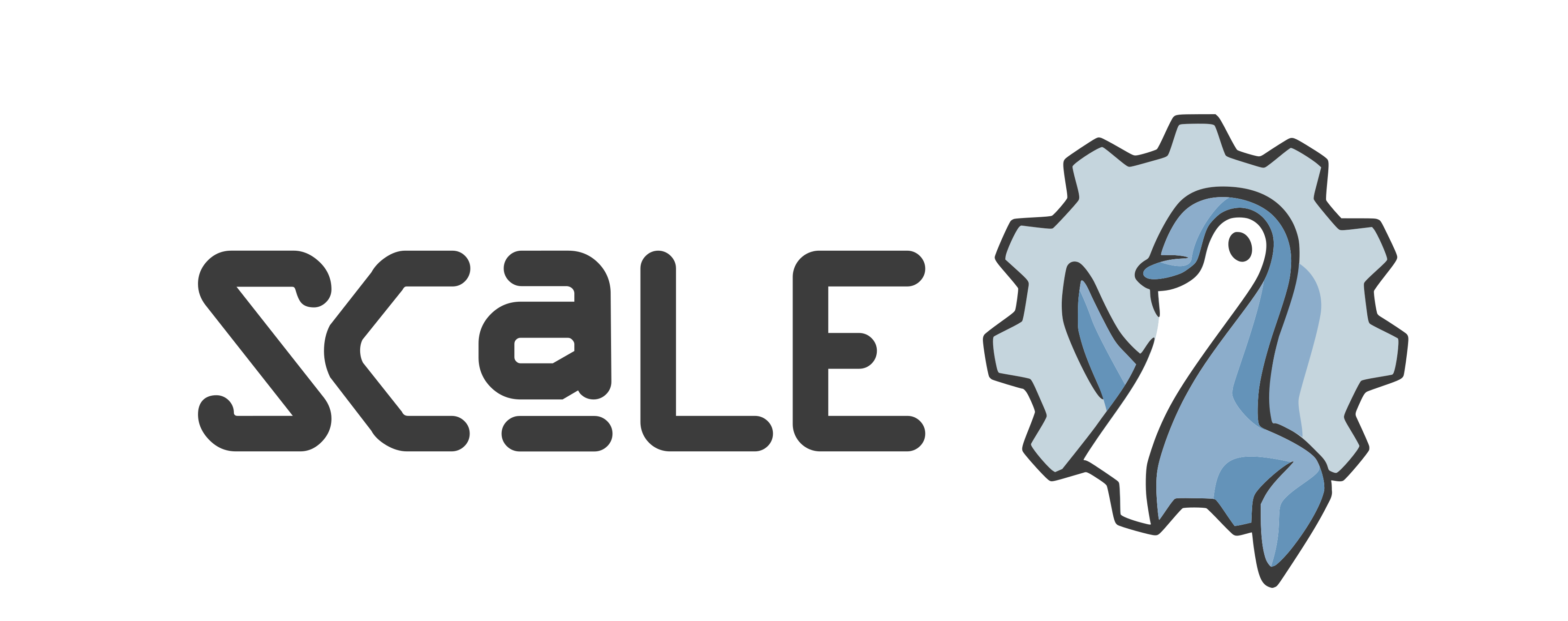How DIY Robotics Can Help With Environmental Science

Scarab is an open-source environmental data collection robot designed to monitor air and water quality by detecting various gases in the surrounding environment. Built from repurposed parts, Scarab represents both an engineering challenge and a response to the growing concern over climate-related disasters, such as wildfires, that are increasingly affecting global air quality. My presentation will delve into the story behind Scarab’s creation, its technical features, the importance of open-source technology and how DIY robotics can play a role in advancing environmental science.
The journey to create Scarab began as a challenge: could a basic, wearable robotic arm be repurposed into a walking robot? This led to the development of Scarab’s unique design, which is heavily influenced by both WWII bomber aesthetics and the industrial revolution's rugged, functional style. In terms of mechanics, Scarab’s movement was inspired by careful study and reverse engineering of insect and spider locomotion, allowing it to walk efficiently using a specific timing pattern for its legs.
While initially conceived as a walking robot, Scarab’s purpose shifted dramatically after the 2023 Canadian wildfires. The thick smoke that covered parts of North America, particularly when the skies of New York City turned red due to smoke from Canadian wildfires, highlighted the need for real-time air quality monitoring. This environmental event inspired the integration of sensors capable of detecting harmful gases such as carbon dioxide, methane, and other pollutants. These sensors transformed Scarab from a mechanical curiosity into a valuable tool for environmental data collection, much like the Mars Rover’s sensors offer detailed analyses of the Martian environment.
In its current form, Scarab can provide real-time readouts of gas levels in its immediate environment, offering valuable insights into the air quality during events like wildfires or industrial accidents. By making this data accessible and easy to interpret, Scarab aims to inform people about the potential health risks in their surroundings. This also underscores the interconnectedness of climate change: a wildfire in one country can have a measurable impact on air quality thousands of miles away, illustrating the global nature of environmental issues.
Scarab is also a testament to the power of open-source technology. By sharing the plans, code, and design files on platforms like GitHub, the project encourages collaboration and customization. Anyone with the interest and drive can build their own version of Scarab, modify it to suit their needs, or use it as a base for further innovations. The accessibility of open-source projects like this lowers the barrier for entry into fields like robotics and environmental science, allowing more people to contribute to these critical areas of research and development.
This presentation is ideal for a wide range of audiences, including robotics enthusiasts, environmental scientists, students, hobbyists, and advocates of open-source projects. Attendees will gain insights into how DIY robotics can be used for practical, impactful purposes, as well as how open-source technology enables innovation on a global scale. By the end of the talk, participants will have a better understanding of how projects like Scarab can play a part in addressing climate change, and they will leave with the tools and inspiration to begin their own projects.
Moreover, Scarab serves as a reminder that cutting-edge technology does not have to be restricted to well-funded labs or large organizations. By leveraging open-source tools and a bit of ingenuity, anyone can create technology that contributes to solving real-world problems. The story of Scarab’s development, from its initial mechanical design to its current role as an environmental monitoring tool, demonstrates the potential of small-scale robotics to make a big difference.
In conclusion, Scarab is more than just a robot—it’s a bridge between environmental science, robotics, and global cooperation. The project highlights the urgency of addressing environmental challenges, while also offering a path forward through collaboration and shared knowledge. Whether you're a seasoned engineer, a student curious about robotics, or someone passionate about climate action, this presentation will provide valuable insights into the future of DIY environmental science and the critical role that open-source projects play in advancing that future.
